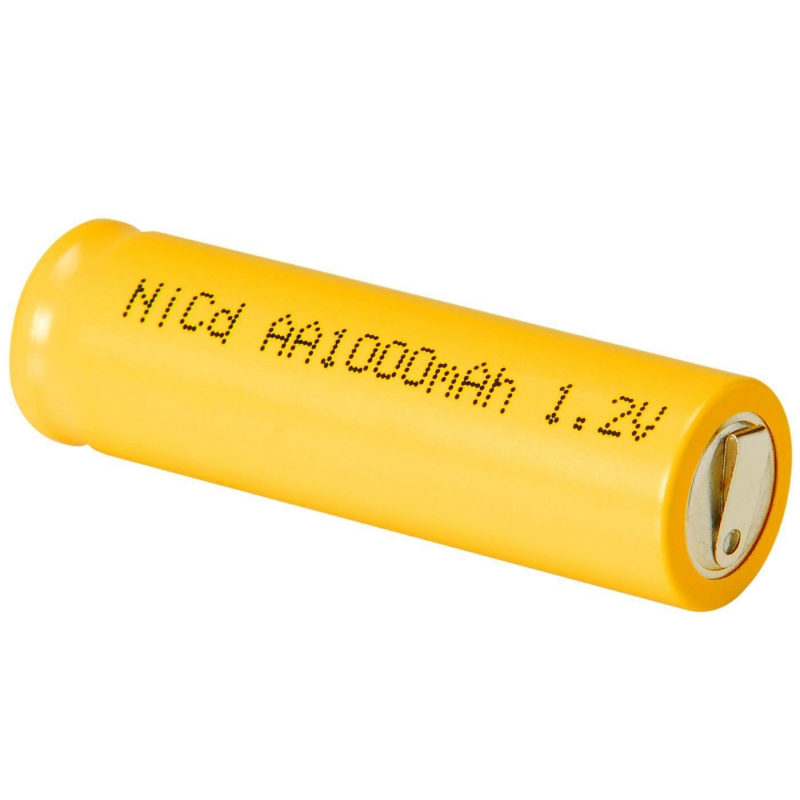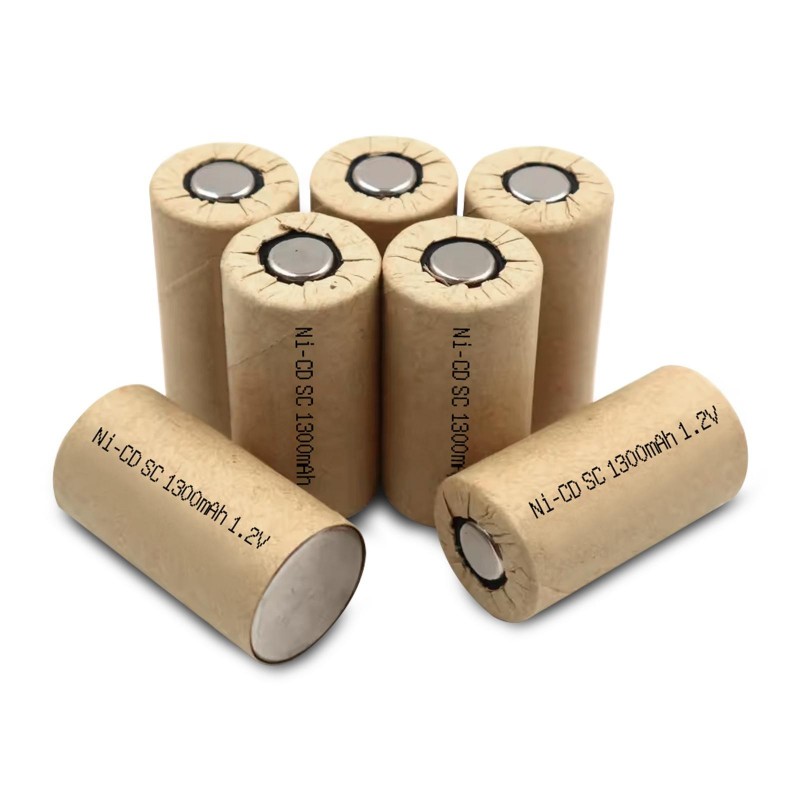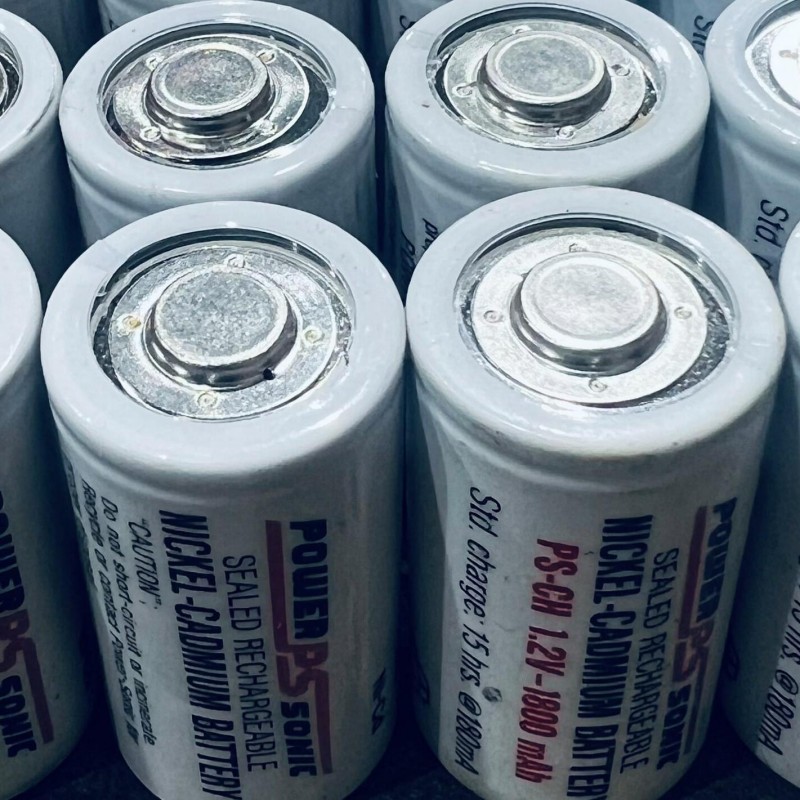Nickel-Cadmium (NiCd) batteries have been a vital component of energy storage technology for decades, widely used in everything from consumer electronics to industrial applications. Known for their robustness and ability to deliver consistent power, NiCd batteries have been particularly popular in applications that require reliable performance under demanding conditions. However, with the advent of newer battery technologies such as Lithium-Ion, the relevance of NiCd batteries has come into question. Understanding the characteristics, benefits, and limitations of NiCd batteries is essential for anyone looking to utilize this technology effectively. This guide will explore the fundamental aspects of NiCd batteries, including their construction, applications, advantages, maintenance requirements, and environmental concerns. By the end of this article, you will have a comprehensive understanding of NiCd battery technology and its place in today’s world.
What Is a NiCd Battery?
To fully appreciate the significance of NiCd batteries, it’s imperative to understand what they are, how they are constructed, and why they are used.
Explanation of NiCd Technology
A NiCd battery is a type of rechargeable battery that utilizes nickel oxide hydroxide and metallic cadmium as its active materials. The battery generates power through electrochemical reactions between these two components, which allows for the storage and release of energy. NiCd batteries are well-known for their ability to provide a stable voltage, high discharge rates, and durability.
Components of a NiCd Battery
The primary components of a NiCd battery include:
- Nickel Hydroxide Electrode: The positive electrode, which participates in the oxidation-reduction reaction during charging and discharging.
- Cadmium Electrode: The negative electrode, which complements the nickel hydroxide during the reactions.
- Electrolyte: Typically, potassium hydroxide (KOH) serves as the electrolyte, conducting ions between the electrodes.
- Separator: A porous material that prevents the electrodes from coming into direct contact while allowing the flow of ions.
Common NiCd Battery Form Factors
NiCd batteries are available in multiple shapes and sizes, making them highly versatile. Common form factors include cylindrical cells (like AA and AAA), button cells, and prismatic packs for larger applications.
Applications of NiCd Batteries
NiCd batteries are utilized across various industries and applications due to their reliability and performance. Below are some notable uses:
Consumer Electronics
- Power Tools: NiCd batteries are frequently used in cordless power tools, providing substantial power and performance. Their ability to deliver high discharge rates is invaluable for tools requiring instant power.
- Household Appliances: Many household devices, such as cordless vacuums and shavers, utilize NiCd batteries, enabling a reliable power source for daily tasks.
Automotive Applications
- Electric Vehicles: Although less common today, NiCd batteries were once used in early electric vehicles due to their ability to perform in a range of temperatures and their robustness.
- Hybrid Vehicles: Some hybrid vehicles initially adopted NiCd batteries for their performance in regenerative braking systems.
Aviation and Military
NiCd batteries are often found in aviation applications, where their reliability and performance under extreme temperatures are essential. Military equipment and communication devices also rely on NiCd batteries for dependable power.
Emergency Lighting
In emergency lighting systems, NiCd batteries serve as reliable backup power sources. These batteries can discharge energy quickly, ensuring lights remain operational when needed most.
Advantages of NiCd Batteries
When considering battery technologies, it is essential to evaluate the benefits they offer. NiCd batteries come with several notable advantages:
High Cycle Life
One of the standout features of NiCd batteries is their ability to endure a significant number of charge and discharge cycles. Many NiCd batteries can handle hundreds to thousands of cycles before performance degradation becomes noticeable, making them a cost-effective choice.
Fast Charging Capability
NiCd batteries possess relatively short charging times compared to other rechargeable batteries. With appropriate chargers, these batteries can achieve full charge in one to three hours, allowing for minimal downtime between uses.
Performance in Extreme Temperatures
NiCd batteries perform reliably in a wide range of temperatures. This feature makes them suitable for applications in environments that may be too hot or cold for other battery types.
Ability to Deliver High Current
Applications requiring high discharge rates, such as power tools, benefit from the ability of NiCd batteries to provide substantial current on demand, ensuring high performance during operation.
Resistance to Overcharging
NiCd batteries have a relatively high tolerance for overcharging compared to other rechargeable batteries. This characteristic reduces the risk of damage during charging if the user fails to monitor the charging process closely.
Limitations of NiCd Batteries
While NiCd batteries have many advantages, they also come with certain limitations that should not be overlooked:
Memory Effect
NiCd batteries are known for the “memory effect,” a phenomenon where the battery appears to lose its maximum energy capacity if repeatedly recharged before being completely discharged. This effect can lead to diminished performance over time.
Environmental Concerns
Cadmium, one of the primary components of NiCd batteries, is a toxic heavy metal that poses environmental hazards. Proper disposal and recycling measures must be observed to prevent harm to the environment and human health.
Lower Energy Density
Compared to newer technologies like Lithium-Ion batteries, NiCd batteries generally have lower energy density. This means they can store less energy compared to their weight and volume, making them less favorable for applications where weight is critical.
Self-Discharge Rate
NiCd batteries tend to have higher self-discharge rates compared to other rechargeable battery technologies. This quality may require users to recharge batteries more frequently, especially if they are stored for long periods.
Charging and Discharging NiCd Batteries
Knowing how to properly charge and discharge NiCd batteries is crucial for maintaining performance and longevity. Below are steps and guidelines for effective charging and discharging.
Charging Process
- Select the Right Charger: Always use a charger specified by the manufacturer. Using the wrong type can lead to overheating or damage to the battery.
- Monitor Charging Time: While NiCd batteries charge relatively quickly, follow the manufacturer’s recommended charging time. Avoid leaving the battery on the charger for an extended period to prevent overheating.
- Initial Conditioning: If the battery is new, consider completing several charge-discharge cycles to condition the battery. This process enhances its performance and helps reduce the memory effect.
Discharging Process
- Complete Discharge: To minimize the memory effect, allow the NiCd battery to fully discharge before recharging. This helps recalibrate its maximum capacity.
- Avoid Deep Discharge: While it’s essential to discharge the battery fully occasionally, do not let it sit in a deeply discharged state for too long, as this can negatively impact its lifespan.
- Frequent Use: Consistent cycling of the battery can help maintain its capacity and performance. Frequent use prevents the buildup of crystalline formations on the electrodes.
Maintenance Tips for NiCd Batteries
Proper maintenance can significantly extend the lifespan and performance of your NiCd batteries. Here are essential tips to follow:
Regular Inspection
Inspect your NiCd batteries regularly for any signs of physical damage, leakage, or corrosion. Maintaining the exterior will also keep the contacts clean for better conductivity.
Proper Storage
Store your NiCd batteries in a cool, dry place when not in use. Avoid exposing them to direct sunlight or humidity, as both can negatively affect performance.
Keep Contacts Clean
Ensure the battery terminals remain clean and free from debris. Using a soft cloth, wipe the contacts periodically to prevent corrosion, which can impair performance.
Cycle the Battery
To maintain good health, make it a habit to cycle your NiCd batteries. This means fully discharging and then fully charging your battery periodically.
Compatible Chargers
Use chargers explicitly designed for NiCd batteries. Using incompatible chargers can lead to inefficient charging and early battery degradation.
Environmental Considerations of NiCd Batteries
When discussing NiCd batteries, one must address the environmental implications of their use. Proper understanding and action regarding disposal and recycling are crucial.
Toxicity of Cadmium
Cadmium is a highly toxic metal that poses environmental and health risks when improperly disposed of. Regulations exist in many areas to regulate the disposal of cadmium-containing materials, including NiCd batteries.
Recycling Programs
Many localities offer recycling programs explicit for rechargeable batteries, including NiCd batteries. Participating in these recycling programs helps ensure that harmful materials are disposed of in a safe manner, and valuable materials are recovered.
Regulations and Guidelines
Different countries have regulations governing the production, usage, and disposal of NiCd batteries. Being aware of your local regulations can help you make environmentally sound decisions regarding usage and disposal.
The Future of NiCd Batteries
While NiCd batteries have stood the test of time, advancements in battery technology lead to discussions about their future. As alternative technologies arise, one must consider how NiCd batteries will adapt or maintain relevance.
Transition to Newer Technologies
Lithium-Ion batteries have gained immense popularity due to their higher energy density and longer cycle life. As manufacturers shift towards these newer technologies, the consumer electronics sector may see a decline in NiCd use.
Niche Applications
Despite the emergence of newer battery types, NiCd batteries may still hold niche applications where their specific advantages shine, particularly in tools that require high discharge rates and reliability under varying temperatures.
Innovations in NiCd Technology
Ongoing research may yield advancements in NiCd technology that focus on reducing the memory effect, increasing energy density, and improving safety features. These innovations could extend the lifespan and usability of NiCd batteries for the foreseeable future.
Conclusion
Understanding the ins and outs of NiCd batteries is essential for anyone involved in using powered devices reliant on this technology. With their robust construction, reliable performance, and ability to deliver consistent power, NiCd batteries have proven their worth in various applications, from consumer electronics to industrial tools. However, it’s equally important to acknowledge the limitations and environmental concerns associated with their usage.
By following the proper guidelines for charging, discharging, and maintenance, users can optimize the performance and longevity of their NiCd batteries. Furthermore, being mindful of disposal and recycling practices ensures that we minimize environmental impact and promote sustainability. As we continue to explore and innovate battery technologies, NiCd batteries will likely find their place within specific niches, adapting to the changing landscape of energy solutions.